14. Once Upon a Time in Anatolia (Nuri Bilge Ceylan, 2011)
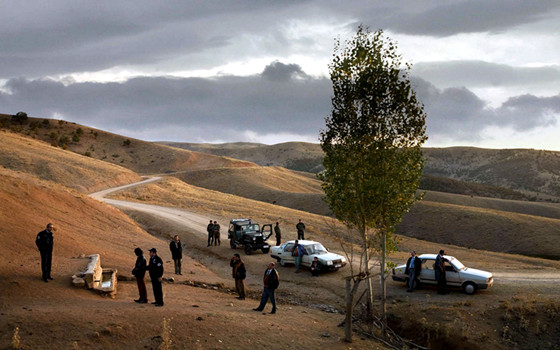
Nuri Bilge Ceylan got into the eye of the wider film public at the turn of the millennium, and quickly, with his works, ranked himself among the leading authors of the 21st century. While “Winter Sleep” is considered his best work, “Once Upon a Time in Anatolia” can probably be seen as his most complex.
It is a story that deals with themes of philosophy, psychology, mortality, interpersonal relationships, the quality of yogurt, and many others, while being in the backdrop of a murder mystery. Like many films on the list, this is not an easy viewing. The slow tempo and static of the fable can easily turn away even those most persistent, but those who stay till the end will be rewarded with an almost enlightening picture about suffering and redemption.
13. Fantastic Planet (Rene Laloux, 1973)
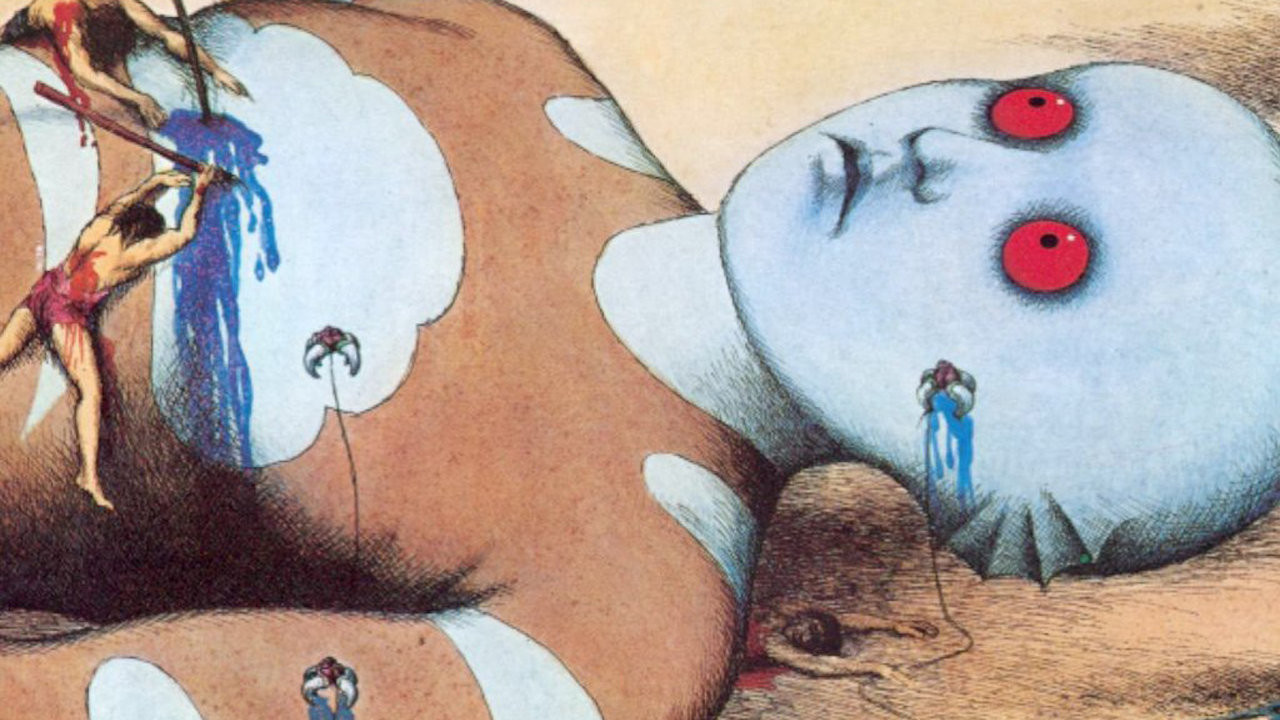
From the first screening of “Snow White” until today, animation has come a long way, but for all this time there hasn’t come a movie similar to “Fantastic Planet”. Trippy and hypnotic, this avant-garde masterpiece will suck you into its world without you even noticing.
Sharp in design but relaxing with the palette of warm colors with which it’s decorated, “Fantastic Planet” is, at first glance, a simple tale. The giant Traags are exterminating or holding as pets the disturbingly human-like Oms, directly alluding at the way we are behaving toward animals and our own friends.
But by adding the actual themes in those days, like the Soviet invasion of Czechoslovakia and the always talked-about theme of the Holocaust in the mix, “Fantastic Planet” becomes a powerful allegory on the role of propaganda in today’s (and even yesterday’s) world. Once part Dali, one part a comic from the early 20th century (a la “Krazy Kat”), this film is one of the very few animated movies that took prizes from the top film festivals around the world.
12. The Sweet Hereafter (Atom Eyogan, 1997)
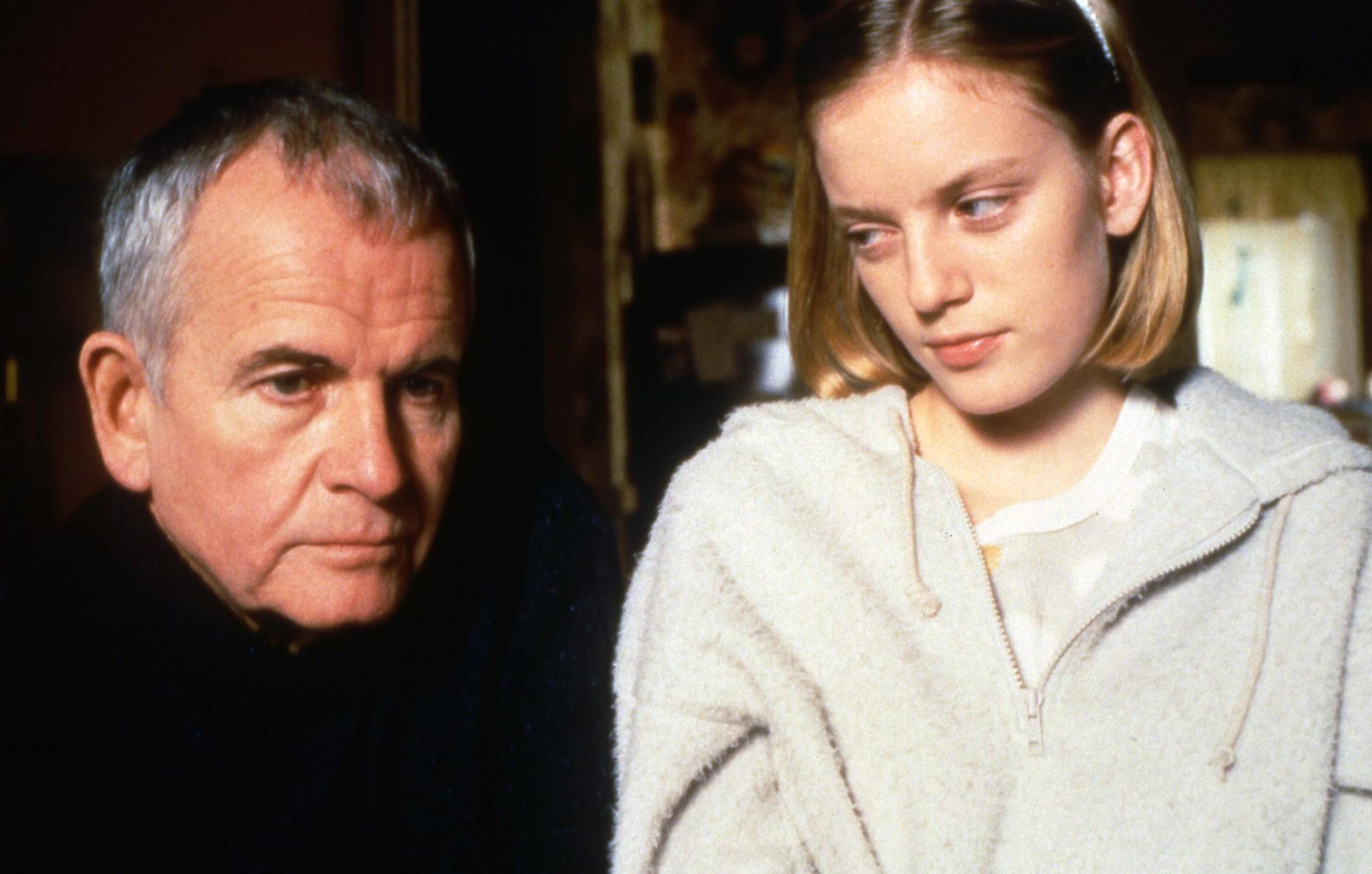
Grief. Melancholy. Helplessness. That kind of atmosphere fulfills a little snowbound Canadian town in British Columbia, recently struck by a tragic accident. Every citizen is bearing with their personal tragedy, while somehow trying to continue their forever changed life. An attorney from a big city, tortured by his own misery, tries to unite the sadness of the citizens into a vendetta against the system, but not all opinions are compliant.
This film is not naive; it creatively crafts its characters, ably shunning pathetic moments, giving them enough characteristics that we as the viewers can understand their procedures, but at the same time it leaves enough unsolved decisions for us to think about when the film ends. After the last scene, the Canadian landscape won’t be the only thing that’s cold.
11. Cria Cuervos(Carlos Saura, 1976)
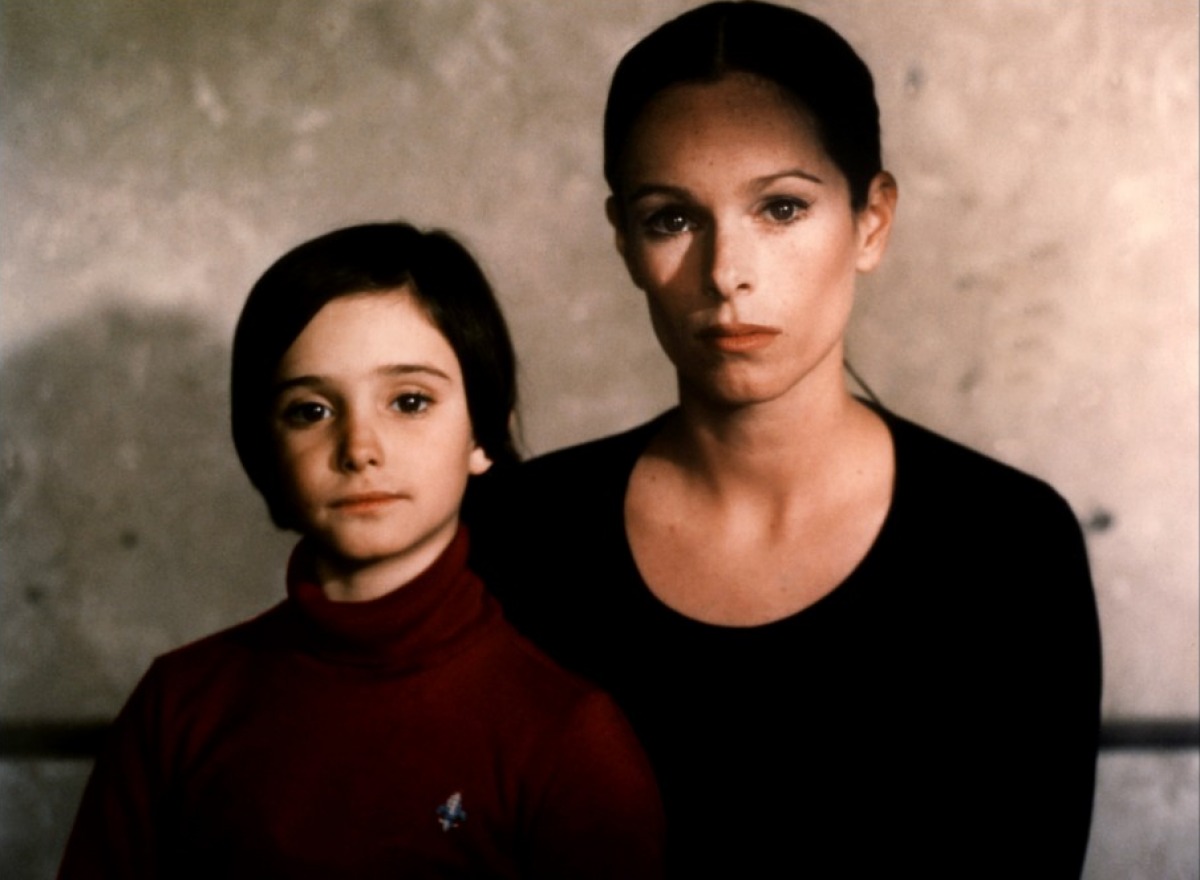
Made while Franco was lying in bed half dead, “Cria Cuervos” represents the scream of the youth, which was born in a dictatorship but was ready to grow up in a new, freer Spain. Also, in large part, this is a story about growing from the angle of a child. In the center is little Ana – played to perfection by Ana Torrent, one of the most talented young actors ever seen on screen – who, with her two sisters, tries to bear the death of her mother, the change that moment brings, and the newly formed freedom that is at her disposal.
This film, even if it has a dark and depressive ambient, owns a curious tone that even children can enjoy. One of the greatest films about childhood and one of the treasures of Spanish filmography.
10. Mon oncle d’amerique (Alain Resnais, 1980)
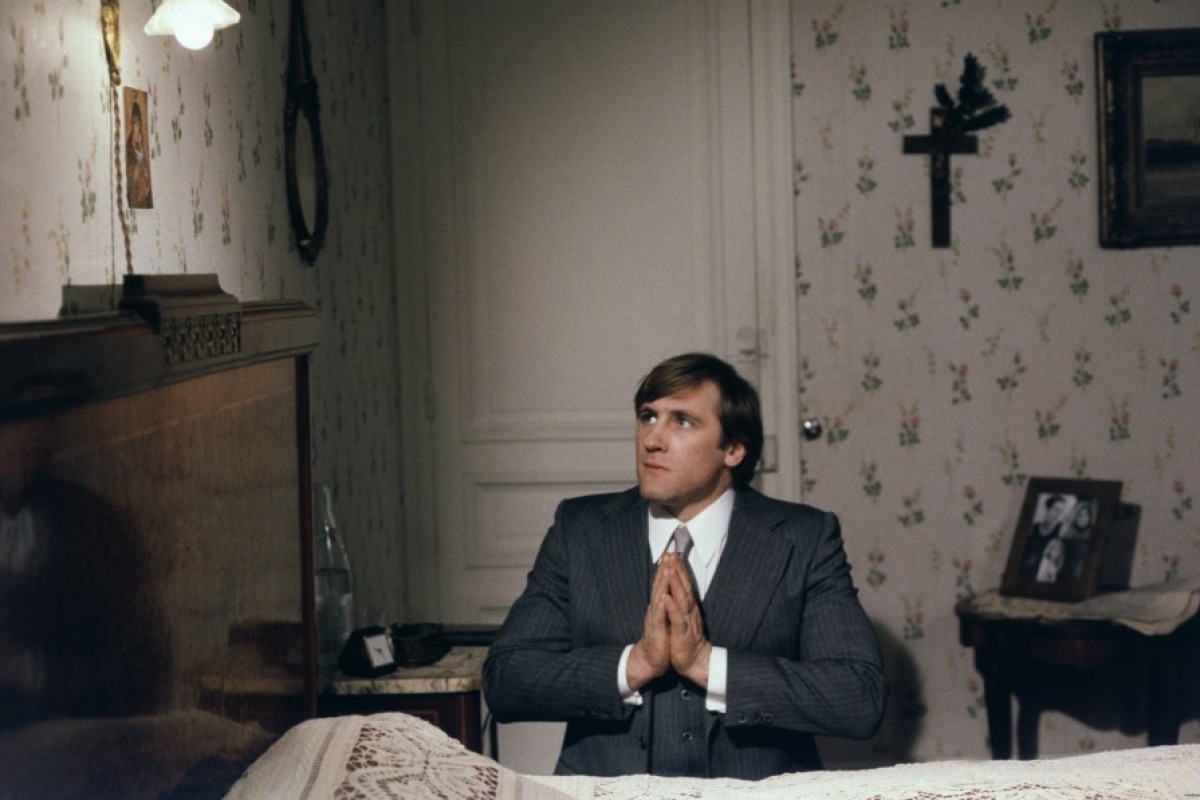
From all the movies on the list, this one is the hardest to describe and conjure up to the viewer (even including the two Tarkovsky films). Even if it’s not as frequently talked about as “Hiroshima mon amour” or “Last Year at Marienbad”, this Resnais feature can comfortably be included in the company of his masterpieces. Partly crafted as a documentary, this is a story (multiple interconnected ones, actually) about people’s happiness, observed through the researches of psychologist Henri Laborit, who also serves as a narrator in this complex film.
The title itself is a metaphor, which can be misleading at first sight, but as the movie goes on you can see that everything makes sense. “American Uncle” can be interpreted as a representation of a dream come true, alluding on the fictive dictum that America is the land of dreams. But it is up to the viewer to form their own interpretation. Gilded by a terrific actor lining, especially Gerard Depardieu (this is his best movie that won a prize in this competition), this is a hard read, where repeated viewing is mandatory.
9. Cinema Paradiso (Giuseppe Tornatore, 1988)
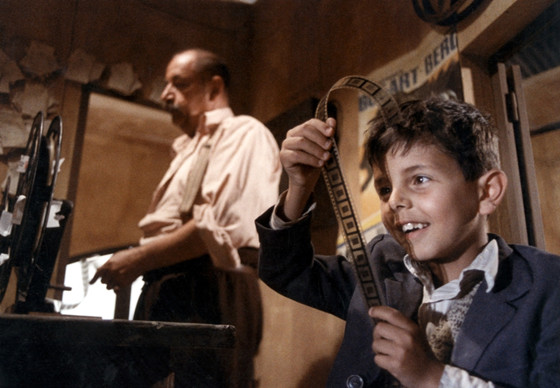
One of the most beloved movies of all time, it is not a surprise that in 1988 it collected every single award it possibly could. The truth is, when you look a little closer, everyone can find something to their liking.
Those more critical will enjoy the nostalgic throwback at the former era of filmmaking, and casual moviegoers will be drawn in by the warm coming of age story, but no one will regret watching the perfect relationship that Salvatore and Alfredo have. While the kiss compilation plays at the end, even the hardier viewers aren’t left unfazed.
8. Oldboy (Park Chan-wook, 2003)
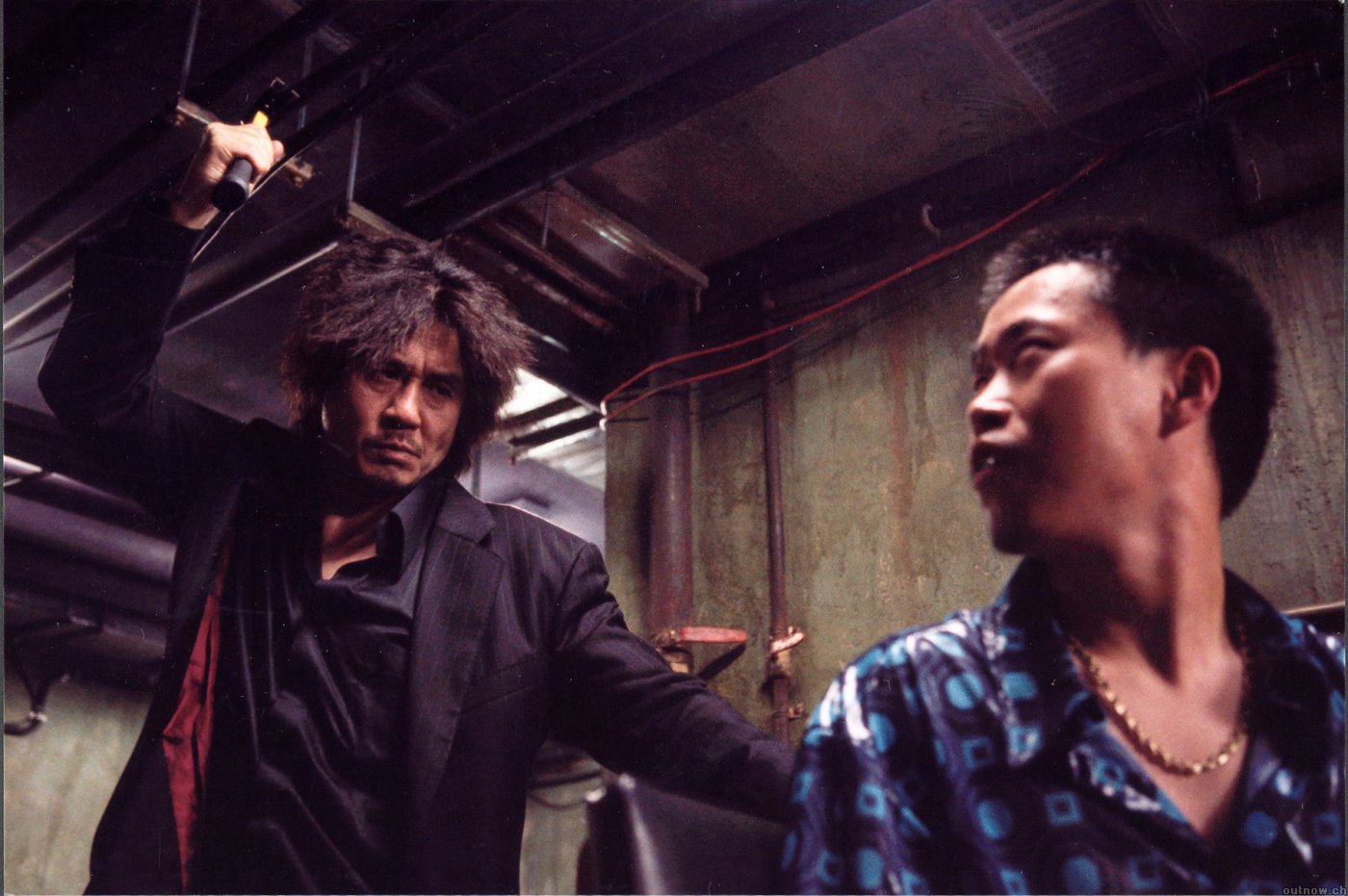
While not the best, the decision to give this movie an award is certainly one of the most important in the festival’s history, because it opened the doors for Westerners to a remarkable film industry that was, up to that moment, relatively unnoticed. And so, the world was presented with nerve-wrecking thrillers, heartbreaking dramas, and soul-crushing romance masterpieces.
But enough about the Korean New Wave: what makes this particular film so extraordinary? At its core this is a fantastic story of revenge, about how much people are prepared to cross the moral barrier so they can satisfy their wounded psyche, all filtered through a tense and morbid way of storytelling.
Many people will be drawn in by the brutality of the main character, a man imprisoned for 10 years without known reason, as well as the highly stylized violence, something not seen in that measure in Hollywood productions at the time. But what will make them stay is that famous, cathartic ending that will entice expressions that range from dread to torment. A must see!